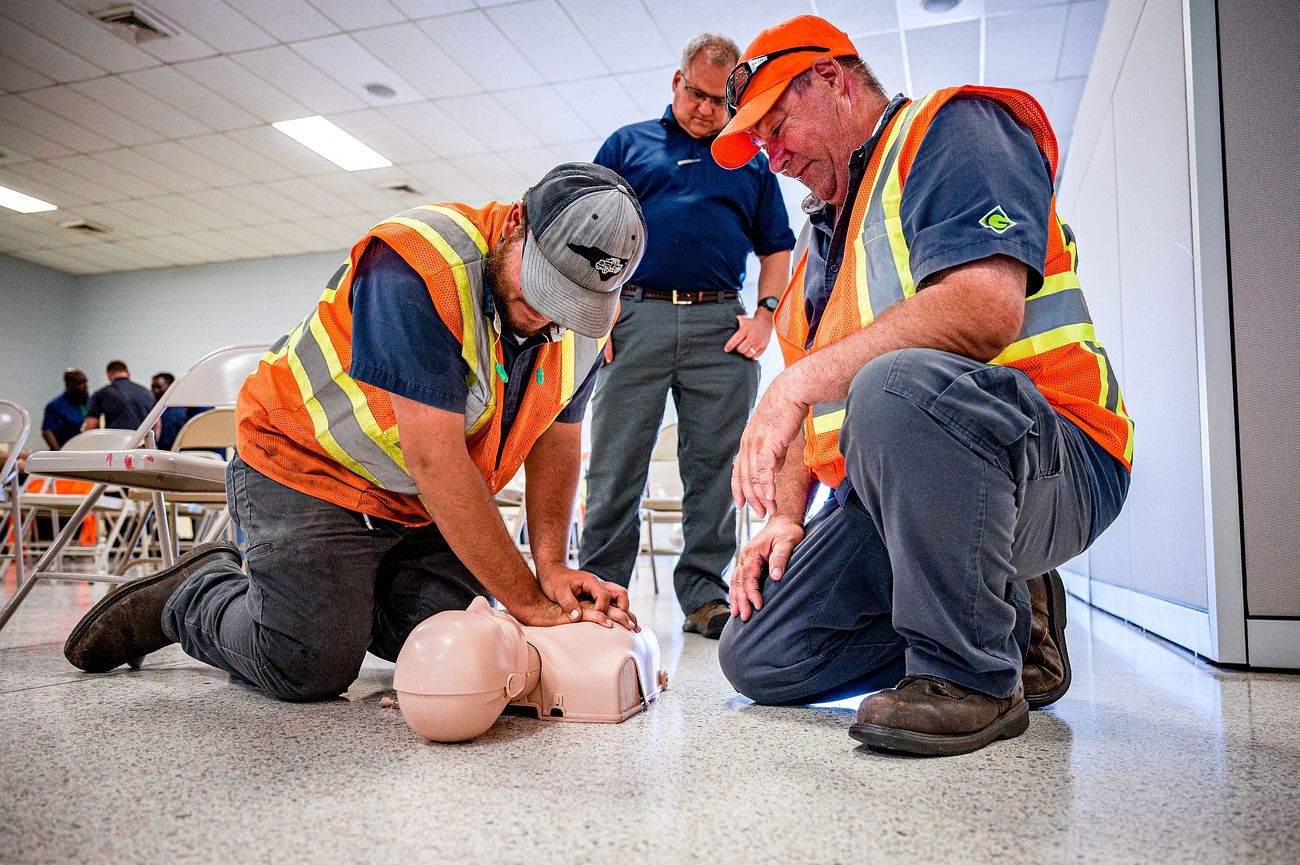How Emergency Rooms Handle Severe Burns

Severe burns are among the most traumatic injuries a person can experience, both physically and emotionally. In these key moments, the emergency room becomes the first line of defense, offering fast, specialized care that can make all the difference in recovery outcomes. From stabilizing the patient and managing pain to assessing the depth of the burn and preventing infection, emergency room teams are trained to act quickly and precisely. Let’s take a closer look at how emergency rooms handle severe burns.
Survey and Resuscitation
Severe burns present complex challenges, requiring immediate and organized intervention. Upon arrival, emergency room teams take key initial steps to stabilize the patient and assess the situation. The primary survey and resuscitation process focuses on securing the patient’s airway, breathing, and circulation.
For instance, oxygen is administered to support breathing, while intravenous (IV) fluids are started for patients showing signs of shock. Rapid and accurate assessment prevents complications and allows further care. Also, pain management is a core component in the early stages of treatment. For severe burns, ER physicians administer pain relief through medications. Other medications, such as anti-anxiety drugs, may also be provided to help reduce stress and promote patient comfort during the response period.
Assessment and Management
Wound evaluation is a fundamental step in he management of acute burns. Emergency room personnel assess the burn’s size and depth using tools such as the Rule of Nines, a method that estimates the total percentage of body surface area affected by the injury. These calculations enable healthcare practitioners to devise tailored treatment plans for each patient.
After assessment, the team moves to wound cleaning and dressing. Dead tissue, or eschar, is carefully removed to reduce the risk of infection. The wound is cleaned thoroughly and covered with sterile dressings to protect it while specialists plan other treatment measures. These steps also inform decisions about transferring a patient to specialized burn units if their injury requires long-term or advanced care. Each part of the process centers on delivering precise, immediate care to enhance recovery outcomes.
Fluid Resuscitation
Fluid loss is a primary concern when managing severe burn injuries. Large-scale burns can lead to dehydration and instability of the patient’s functions. For this reason, fluid resuscitation is regarded as a key part of ER protocols.
ER teams calculate the fluid replacement volume required using standardized formulas. This makes sure the patient receives a precise amount of IV fluids to compensate for the loss and maintain organ function. Careful monitoring is conducted during the administration process to track patient response and adjust treatment as needed. This phase combines both care and observation to address hydration issues while minimizing risks associated with improper fluid balance.
Explore Emergency Room Services
Emergency rooms are equipped to manage complex burn injury cases through structured protocols focused on stability and pain relief. By adhering to these clear and systematic procedures, healthcare professionals are able to provide timely and effective care in severe situations. To learn more about ER services and how they support specific medical needs, consult a trusted healthcare provider to explore available options.
- What to Expect When Visiting a Foot and Ankle Specialist
- Causes of PTSD
- The Link Between Plantar Fasciitis and Weight Gain: What You Need to Know
- How Pet Ownership Can Positively Impact Life with Fibromyalgia
- The Importance of Stretching and Flexibility in Sports Medicine
Dr. Emma Green is a health and wellness expert with over 10 years of experience in nutrition and fitness. Passionate about helping others live their healthiest lives, Dr. Green shares practical advice on wellness, nutrition, and sustainable living through LivingSpristine.






